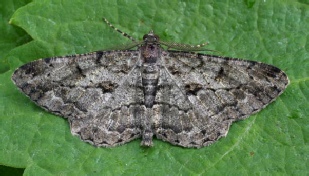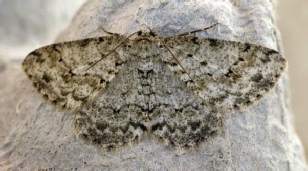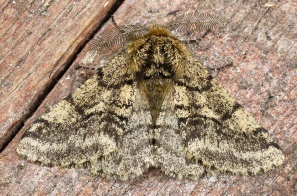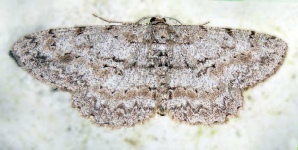Search the site for a moth name or other keyword


Beauties -
Ennominae

Some of the moths from this family which are called ‘Beauty’ and other similar species
1. Those which rest with the leading edge of the forewing right out and their hindwings showing .
2. Those which rest with the forewings held back to form a triangle
1. Willow Beauty, Mottled Beauty, Pale Oak Beauty, Engrailed and Brussels Lace



Willow Beauty Two crosslines meet in a blob at the trailing edge of the forewing.
There
is sometimes a similar blob on Mottled Beauty but less distinct and not in this position.
Flight
period June-
Wing length about 21 mm

Mottled Beauty 1.Does not have the meeting cross-
2. Hindwing
is more scalloped at the edge than Willow Beauty.
3. Outer cross-
Flight period mainly June and July
Wing length about
22 mm
Engrailed Distinguished by two small ‘daggers’ in the middle of the central cross-
Flight period March-
(Check also Small Engrailed which is much less common, almost impossible to distinguish and may not be a separate species.)


Brussels Lace The way the main cross-
Flight Period mainly June to August.
Wing 14-

2. Brindled Beauty, Small Brindled Beauty and Pale Brindled Beauty -



Brindled Beauty
Heavy black cross-
Small Brindled Beauty
Wing-
Pale Brindled Beauty
Cross-

Flight times of these two moths do not usually overlap :-







 Back to List
Back to List
If in doubt check also Satin Beauty, which is relatively common near conifer plantings,
but
not elsewhere (See Hantsmoths)

Pale Oak Beauty
Pale Oak Beauty
Winglength about 24mm -
Flight
period mainly May and June so often before Willow Beauty and Mottled Beauty.
Usually
found in deciduous woodland.
The two central crosslines which form a blob in Willow Beauty are clearly separate.
Usually an eye-

